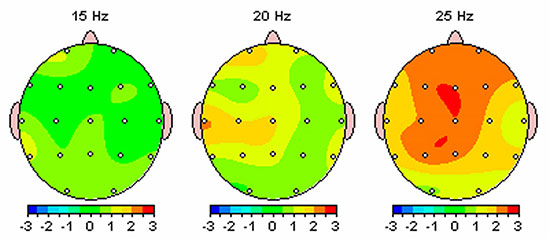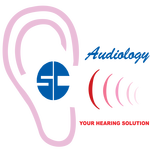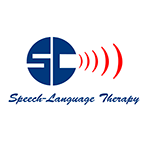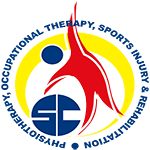-
WHATSAPP ENQUIRY
+6017-472 4260 -
238, Jalan Macalister
10400 Penang, Malaysia -
Language

BRAIN EXERCISE
Scientifically proven to increase IQ & EQ
Recommended for:
Improving Learning
Improving Speech and Language
Enhancing Memory
Improving Focus
Increasing Alertness
Achieving Peak Academic Performance
Maximising Work & Sporting Performance
Getting Better Sleep
Reducing Anxiety/Depression
Reducing Stress
What is Brain Exercise?
Neurofeedback is an innovative technique based on a form of operant and classical conditioning. The user is provided with a real-time feedback on his current brain activity.
Brain Exercise is a form of Neurofeedback. During a brain exercise session, a person tries to use just brainwaves to control a computer game or music playing. Eventually at will this person can summon up the appropriate brainwave activity or control his brainwave activities. This ability manifests itself as better mental functioning.
Lasting effects
Better brain functioning includes a sharper focus and attention span, and clearer thinking. Once learnt, a person can retain this ability for a long time, even without a regular brain exercise. It is like swimming or cycling. Once learnt properly, the skill acquired stays with you forever!
Can a successful outcome be predicted?
YES! If one has learnt to change his/her brainwaves at will, there will be discernable changes.
Who has been using the Brain Exercise?
Astronauts (NASA)
Football players (The Italian football team that won the 2006 World Cup)
Musicians (Imperial College of London)
Dancer (Imperial College of London)
Professional Golfers
People with Special Needs
Students
Working Executives
What takes place during Brain Exercise?
One sensor is placed on the person's scalp to detect brainwaves emitted by the brain non invasively and passively. This is quite safe as nothing is transmitted into the brain itself.
The brainwaves are amplified, digitized and converted into some means to control a game or music in a computer. A person attached to this device is therefore able to use his or her brainwaves to control the computer game or music.
The person can train and learn gradually to use a specific brain activity to produce a desired effect on the computer programme running. Thus by means of such a neurofeedback technique, the person can acquire a measure of control over the types of brainwaves that can enhance mental functions.
BRAIN MAPPING RECORD BRAIN ACTIVITIES (QEEG)
Electroencephalography is the measurement of electrical patterns produced at the surface of the scalp by brain activity. A simple analogy to these complex electrical patterns produced at the scalp can come from consideration of what happens when pebbles are thrown into a calm pond. Each pebble produces a ripple upon impact and all the ripples combine together to give a complex series of waves. The complex electrical patterns generated by brain activities, the brain waves, carry information about the condition of the brain. These can be detected using electrodes placed appropriately on the scalp and held in place with conductive jelly. The detected signals are displayed as an electroencephalogram (EEG), often nowadays a digitalized picture or map of brain activity. This brain map or quantitative EEG (qEEG) assist in the interpretation of the state of the mind during spontaneous or event-related activities.
Alpha waves are regular, medium frequency waves at 8 -12 Hz which are synchronized. They are produced during the waking state or during quiet rest when we are relaxed with little mental activity.
Beta waves on the other hand are irregular and of low amplitude and medium to high frequency (12 - 30 Hz) waves typically produced during the waking state and generally associated with alertness and mental activity. Theta rhythm waves are of medium amplitude and frequency (4 - 8 Hz). This is the stage when astral projection or out of body experiences happen. It is a state of deep relaxation and meditation.
Brain Mapping Tells Us About The Condition Of The Mind
In brain mapping, with a very large sample of the human population grouped usually by age and subjecting the results to statistical analysis, it is possible to define what combination of waves can be considered as normal, and which can impact on mood, behaviour, attention and learning. Comparing a client's brain map with norms can reveal issues related to cognitive and executive function, mood, anxiety and attention. In other words, it is possible to identify certain specific problems and then intervene to mitigate these problems.
Neurofeedback Is One Form of Intervention
Neurofeedback or neurotherapy is a therapy that makes use of brain waves from specific locations on the scalp to monitor the pattern of waves as a patient tries to control its appearance through some form of interface such as a computer arcade game or movie or a sound player. For example, if the volume of sound is associated with the intensity of alpha waves, then a subject may be encouraged to attain a relaxed stage by learning to increase the volume of music in a neurofeedback machine. After several sessions, the patient can, at will, quickly enter into a relaxed and peaceful state.














